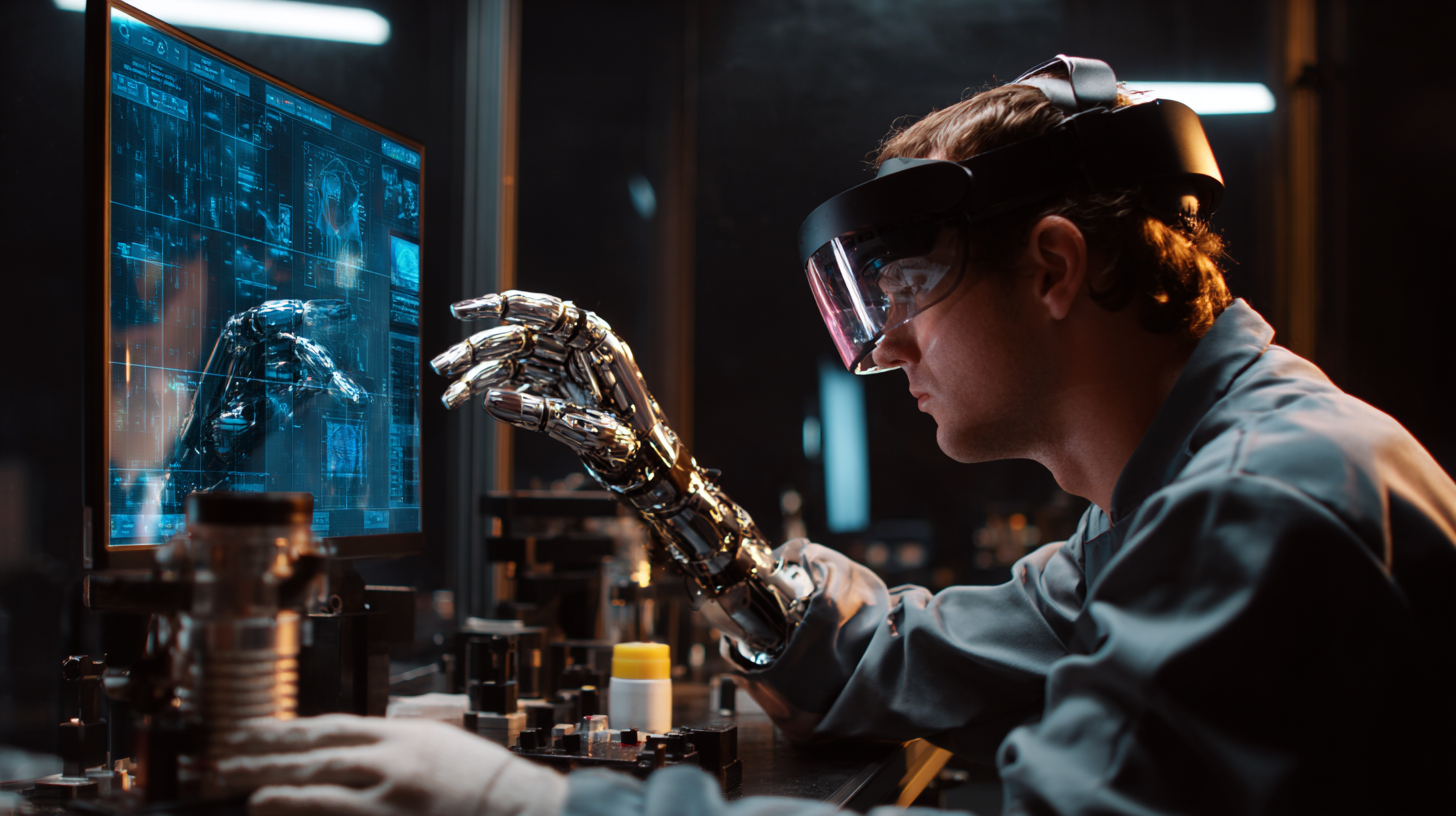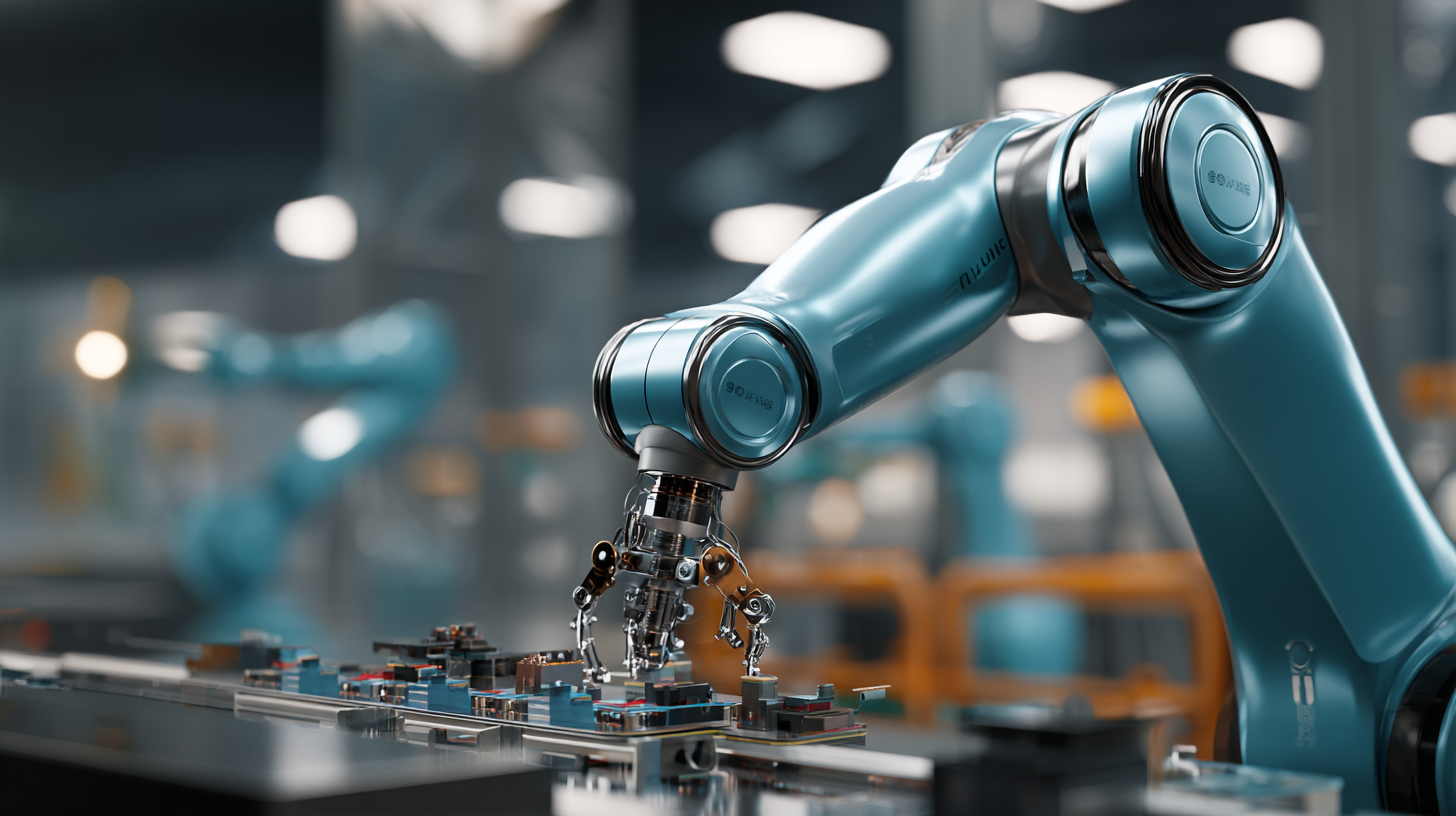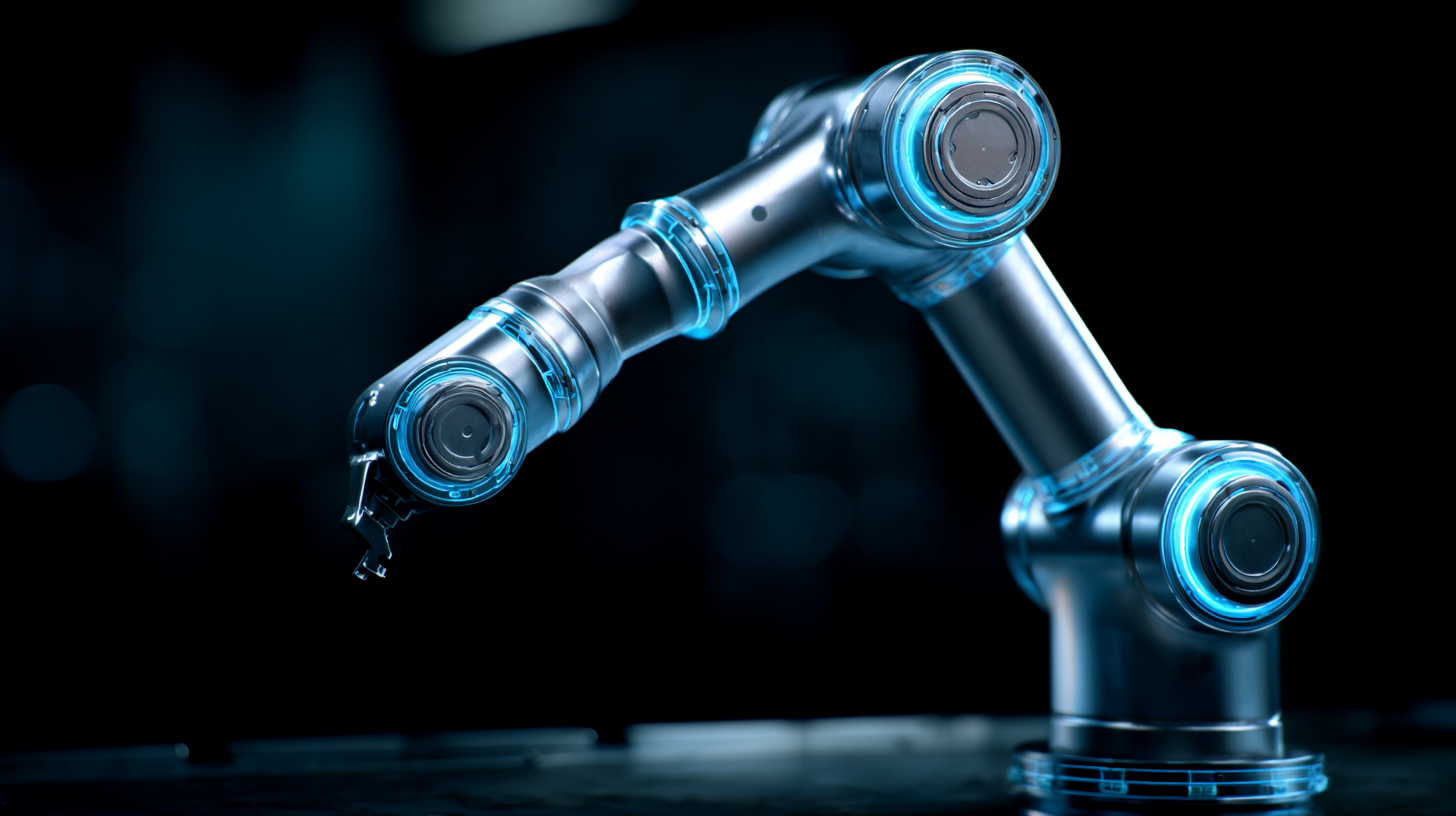Unlocking the Future of Manufacturing with Cobot Software Innovations
As the manufacturing industry continues to evolve, the integration of advanced technologies plays a pivotal role in shaping its future. Among these innovations, cobot software stands out as a game-changer, enhancing the capabilities of collaborative robots (cobots) to work alongside human workers efficiently. This digital transformation not only streamlines production processes but also fosters a safer and more productive working environment.

In this outline, we will explore key tips and strategies for leveraging cobot software to unlock the full potential of manufacturing operations. By understanding the functionalities and benefits of cobot software, businesses can navigate the complexities of automation, improve operational flexibility, and ultimately drive innovation in their manufacturing practices.
Join us as we delve into the exciting possibilities that cobot software brings to the future of manufacturing.
Leveraging Cobot Software for Enhanced Efficiency in Manufacturing
The manufacturing sector is on the brink of a transformative shift with the integration of collaborative robot (cobot) software innovations. As the global artificial intelligence robots market was valued at approximately $5.23 billion in 2024 and is projected to reach $32.26 billion by 2030, the implications for manufacturing efficiency are immense. These advancements in cobot software are designed to enhance operational efficiency, allowing manufacturers to maximize productivity while minimizing costs.
By leveraging advanced cobot technologies, companies can automate complex tasks that require precision and adaptability, thus empowering human workers to focus on more strategic activities. Additionally, the incorporation of robust cybersecurity solutions, such as those developed for autonomous drones and industrial robots, is essential to ensure safe and reliable operations. Continuous monitoring and proactive threat detection are crucial as manufacturers increasingly rely on AI-driven systems to streamline processes and boost overall functionality in a rapidly evolving market.
Unlocking the Future of Manufacturing with Cobot Software Innovations
| Dimension | Description | Impact (%) |
|---|---|---|
| Efficiency Enhancement | Increased production rate through automation and cobot integration. | 25% |
| Cost Reduction | Lower operational costs due to reduced labor requirements. | 15% |
| Quality Improvement | Enhancement in product quality through precision cobot operations. | 30% |
| Flexibility | Ability to quickly adapt to changing production needs with minimal downtime. | 20% |
| Safety Improvement | Reduction in workplace accidents due to collaborative robots handling hazardous tasks. | 40% |
Integrating AI and Machine Learning in Cobot Operations
Integrating AI and machine learning within cobot operations is transforming the future of manufacturing by enhancing efficiency and adaptability. Collaborative robots, or cobots, are designed to work alongside humans, harnessing advanced technologies like machine learning to adapt to dynamic manufacturing environments. This seamless integration allows for real-time data analysis and decision-making, enabling greater flexibility in production processes. Industries are increasingly recognizing the potential of intelligent robotics, not only for boosting productivity but also for improving workplace safety and ergonomics.
The growing emphasis on AI-driven automation is evident as the cobot market is projected to experience significant revenue growth in the coming years. The deployment of cobots in sectors such as logistics, healthcare, and agriculture illustrates their versatility and capability to optimize various processes. As manufacturers adopt these intelligent systems, the focus shifts toward enhancing human-robot collaboration. This synergy not only streamlines operations but also fosters innovation, positioning businesses to thrive in an increasingly automated and data-driven landscape.

Real-Time Data Analytics for Smart Cobot Performance
The intersection of real-time data analytics and collaborative robots (cobots) is reshaping the future of manufacturing. By integrating advanced AI and machine learning, cobots are becoming more intelligent and adaptable, enhancing productivity and operational efficiency. Real-time data analytics allows these systems to monitor performance, identify inefficiencies, and predict maintenance needs, which significantly reduces downtime and maximizes output. This transformative capability paves the way for facilities to operate with unprecedented flexibility and responsiveness to varying demands.

Moreover, the adoption of smart cobot solutions is driving safety improvements in manufacturing environments. With enhanced sensing technologies and decision-making algorithms, cobots can work alongside human operators, executing repetitive or dangerous tasks while ensuring a safe workplace. The ability to analyze data continuously not only streamlines processes but also fosters a culture of innovation, as manufacturers leverage insights to refine operations and develop new strategies. As we look ahead, the role of real-time analytics in enhancing cobot performance will be crucial in forming the backbone of advanced manufacturing, ushering in a new era of efficiency and collaboration.
User-Friendly Interfaces: Simplifying Cobot Programming and Management
The emergence of collaborative robots, or cobots, has transformed the manufacturing landscape, especially with the introduction of innovative software designed to enhance their usability. User-friendly interfaces play a critical role in simplifying cobot programming and management, allowing operators with varied skill levels to integrate these robots into their workflows seamlessly. Gone are the days when programming a robot required extensive technical knowledge; modern cobot software prioritizes accessibility, enabling even novice users to set up and manage robots effectively.
These intuitive interfaces often incorporate visual programming tools and drag-and-drop functionalities, which demystify the complexities of automation. As a result, manufacturers can reduce downtime and improve productivity by enabling faster training and deployment of cobots. Furthermore, the ability to customize operations on-the-fly empowers users to adapt to changing demands, ensuring a responsive and agile manufacturing environment. By focusing on user-centric design, cobot software innovations are not only advancing technology but also revolutionizing the roles of human operators within the manufacturing sector.
Future Trends: The Next Big Innovations in Cobot Software Development
The landscape of collaborative robot (cobot) software development is evolving rapidly, shaped by advancements in artificial intelligence, quantum computing, and emerging energy solutions. As we look towards 2025 and beyond, several key technology trends are poised to redefine the industry. For instance, the integration of AI is expected to enable more intuitive collation and analysis of data, enhancing the decision-making capabilities of cobots in real-time manufacturing processes. Use cases in automotive and electronics sectors already demonstrate significant efficiency gains through AI-driven robotics.
Furthermore, the exploration of quantum computing for optimization problems can facilitate unprecedented levels of productivity in manufacturing. By performing complex computations at speeds unattainable by traditional computers, quantum technology can streamline operations in logistics, production scheduling, and supply chain management. Companies are beginning to pilot quantum algorithms to tackle their most challenging operational tasks, marking a significant leap in innovation for the industry.
Tips: To leverage these emerging technologies successfully, manufacturers should prioritize investments in workforce training, ensuring that employees are equipped to work alongside advanced cobot systems. Additionally, staying informed about patent developments in cobot technology can provide insights into future capabilities and competitive advantages. Implementing pilot programs for new technologies can also help evaluate their impact before full-scale deployment.
Related Posts
-

Unlocking the Future of Work with Innovative Resourcing Software Solutions
-

Exploring the Future of Automation Catalogue for Streamlined Business Efficiency
-

Creating an Effective Contact Page: Key Elements for Customer Engagement and Trust
-

Unlocking Customer Engagement: How Experience Software Drives a 30% Increase in Satisfaction Metrics
-

Discover How to Help Better: Unleashing the Power of Effective Communication in Everyday Life
-

Unlocking Efficiency: How Software Robotics is Transforming Business Operations in 2023